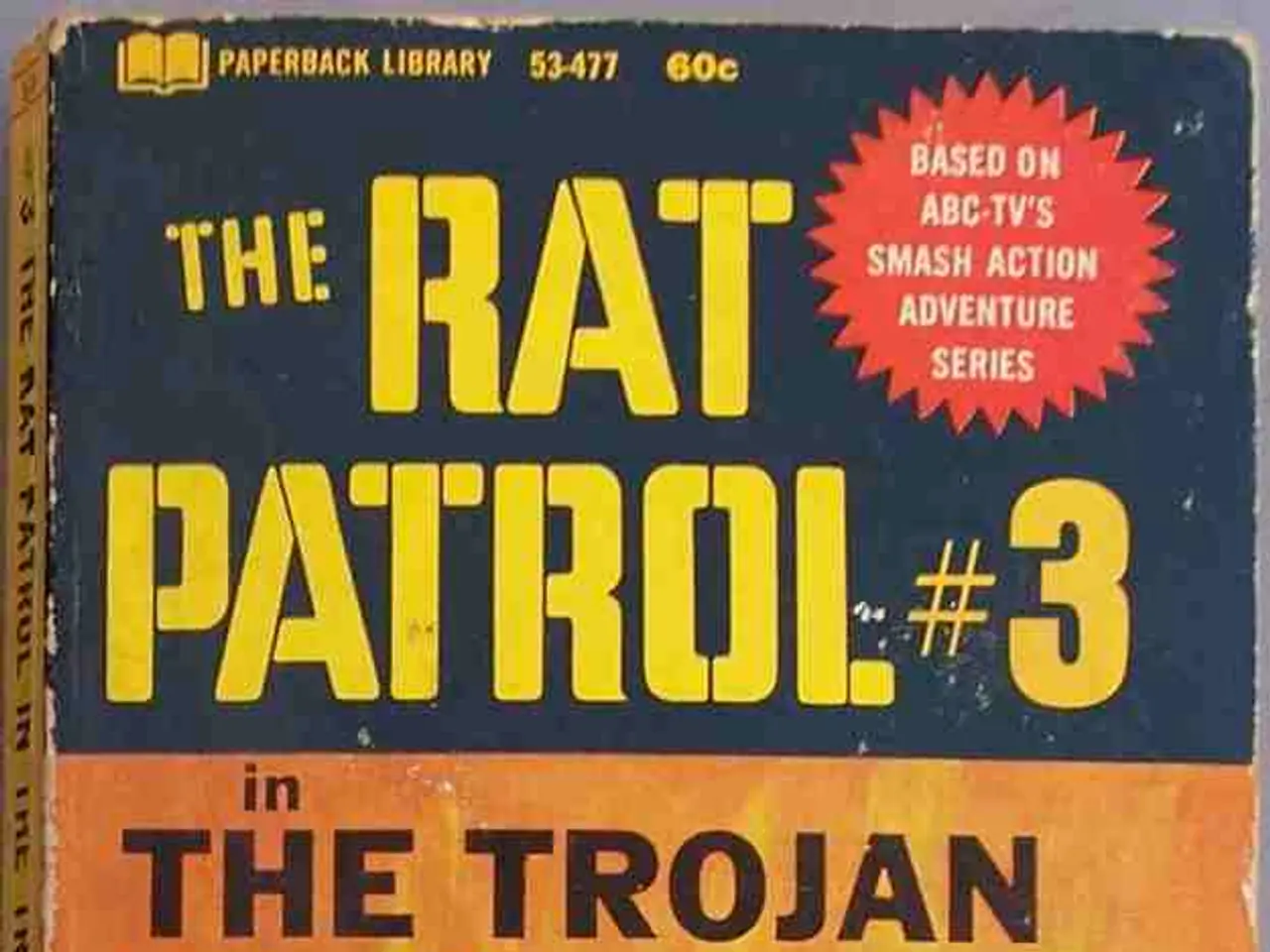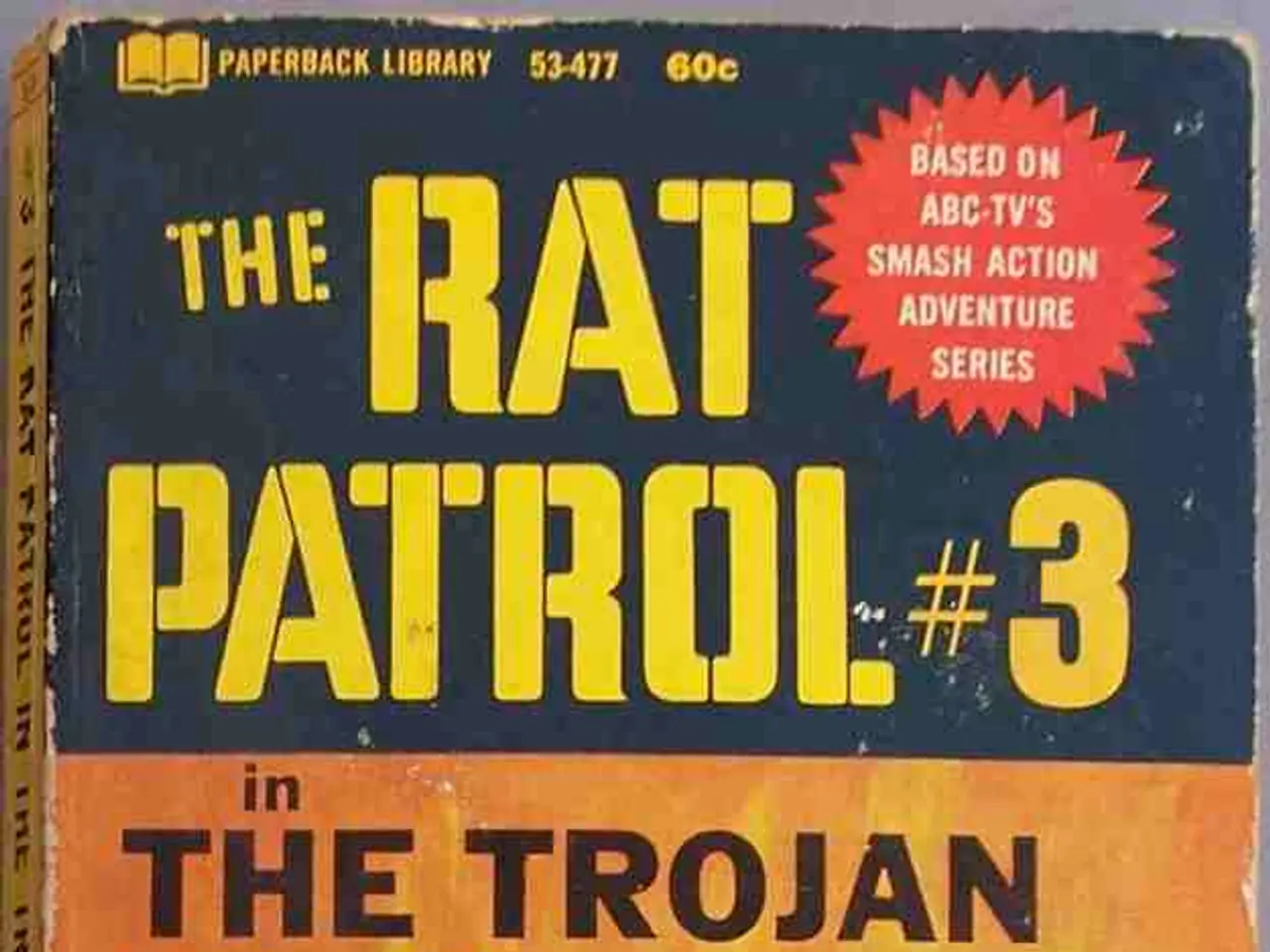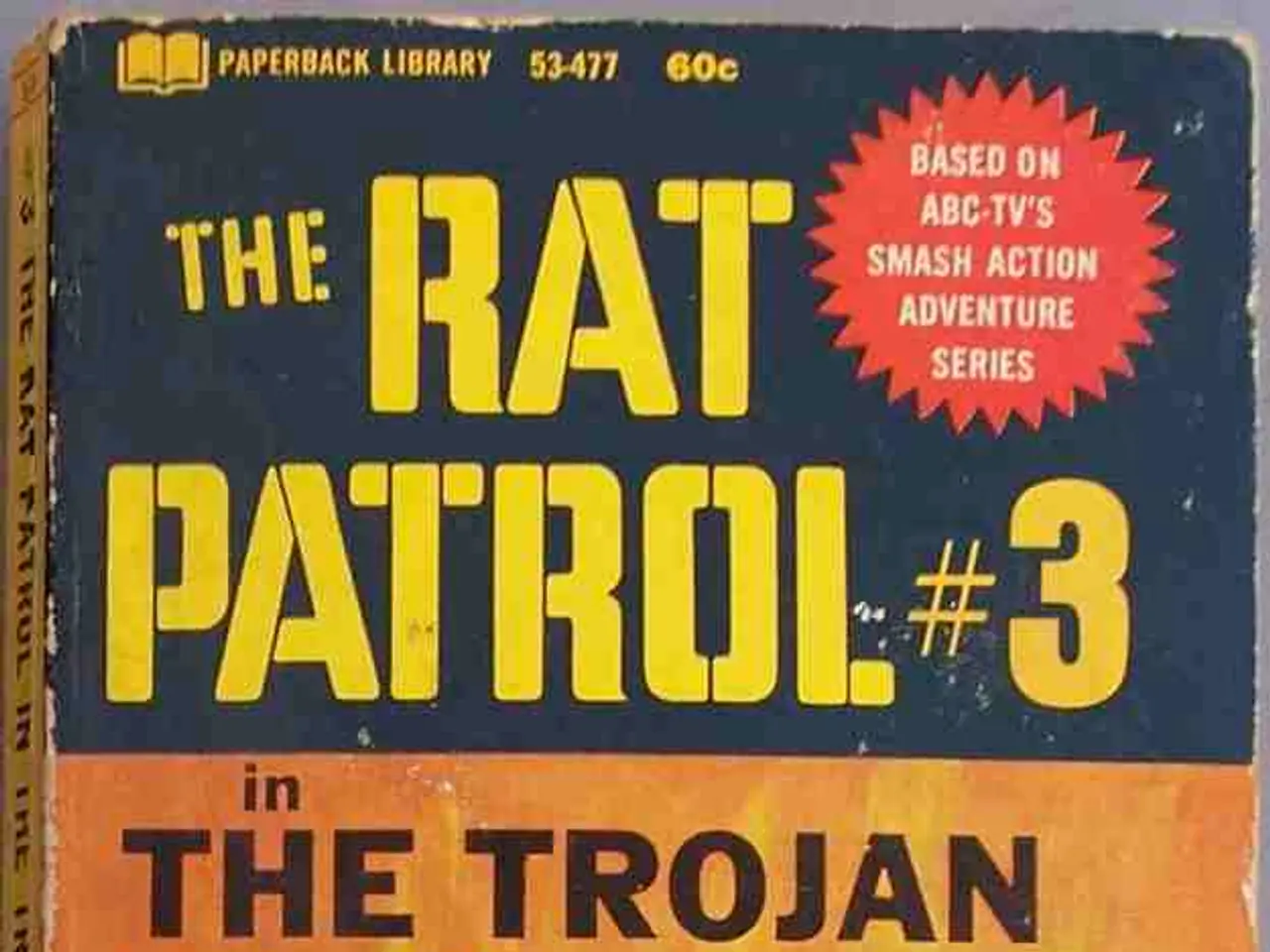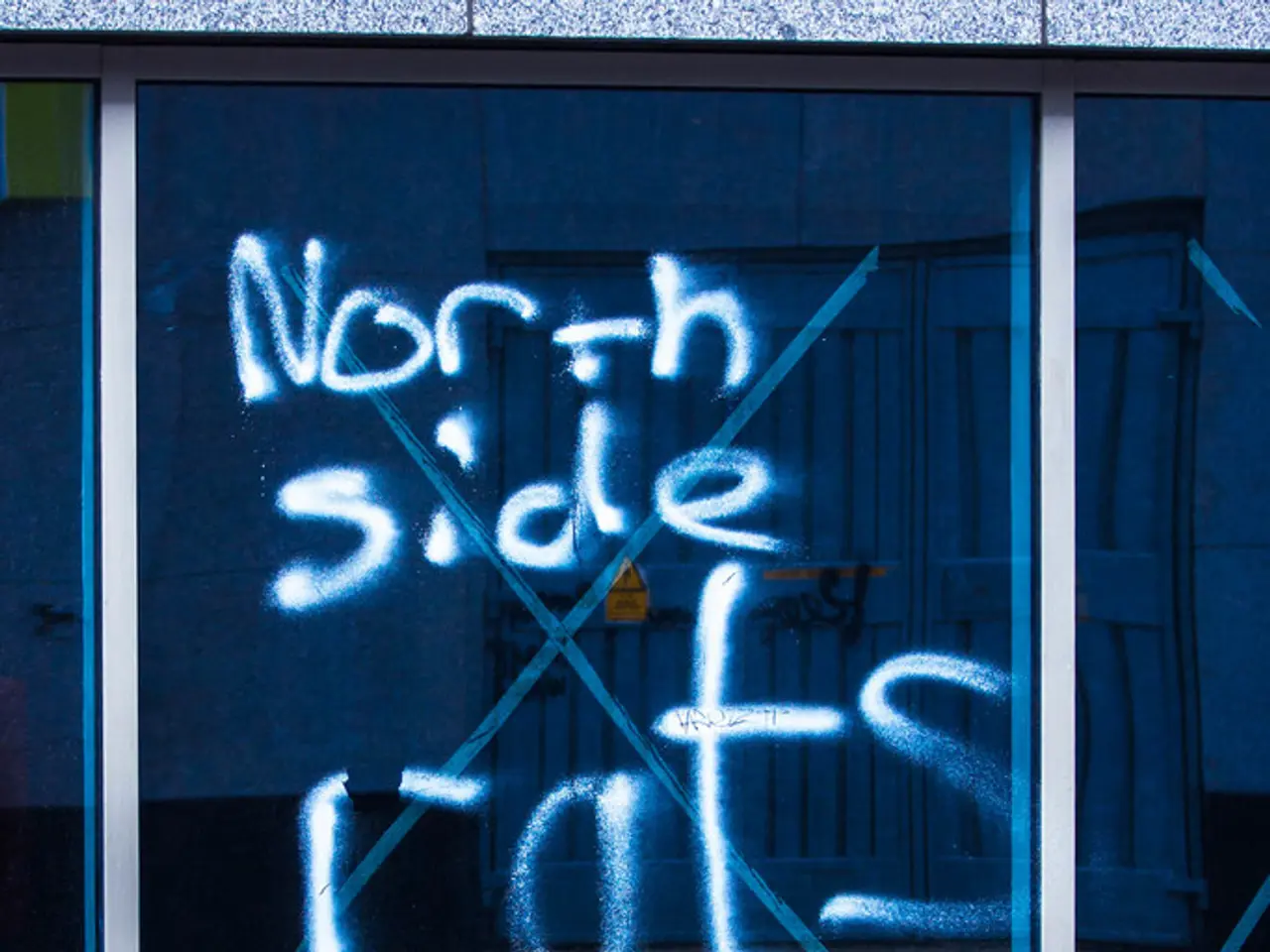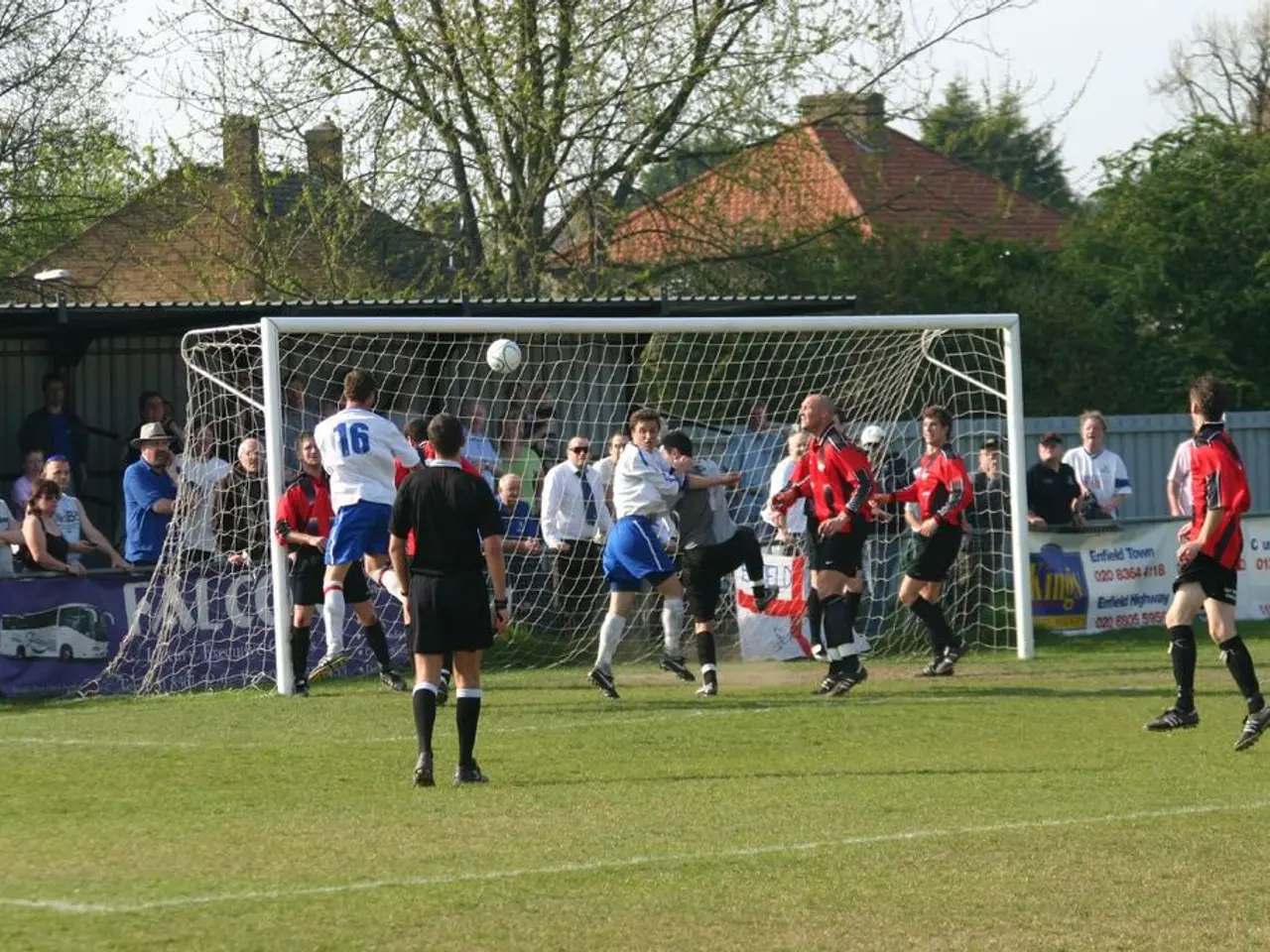Period of Apprehension and Perils Abound
In the contemporary geopolitical landscape, major nuclear powers are actively engaged in extensive nuclear modernization programs, leading to an increase and upgrade of their nuclear arsenals amid weakened global arms control regimes. This worrying trend, as reported by various international organizations, has raised concerns about a potential new nuclear arms race.
The total estimated global nuclear warhead inventory stands at approximately 12,241, with around 9,614 warheads actively held in military stockpiles for potential use. The United States and Russia, the world's foremost nuclear powers, dominate this figure, each holding over 5,000 units, followed by smaller arsenals in the UK, France, China, India, Pakistan, Israel, and North Korea.
These modernization efforts involve upgrading existing warheads and developing newer versions, including advanced intercontinental ballistic missiles (ICBMs), stealth bombers, and ballistic missile submarines. For example, the Trump administration's proposed fiscal year 2026 defense budget includes a significant increase to $62 billion for nuclear forces spending, focusing on research and development for new systems like the Sentinel ICBM, B-21 stealth bomber, and Columbia-class submarines.
This renewed arms race takes place in a context where traditional arms control treaties are severely weakened or eroding. The number of warheads on high operational alert is increasing, particularly among Russia and the USA, with reports suggesting that China may also maintain some warheads on missiles during peacetime. This situation threatens strategic stability and contributes to a new nuclear arms race.
The Iranian regime, which denies seeking to acquire an atomic bomb, has enriched uranium to a level of 60%, approaching the military threshold, despite the treaty not prohibiting it. Meanwhile, Russia is deviating from long-established norms by supporting North Korea's nuclear program development and mentioning the possibility of nuclear strikes in the context of the war in Ukraine.
The evolution of the geopolitical context is weakening the heart of the Nuclear Non-Proliferation Treaty (NPT), which allows signatory countries to develop nuclear energy for civilian purposes in exchange for not developing atomic bombs. India, Pakistan, North Korea, and Israel, not party to the NPT, are also seeking to improve their military capabilities.
Experts such as Kelsey Davenport, a specialist at the Arms Control Association, and Hans Kristensen, a researcher at the Stockholm International Peace Research Institute (SIPRI), have expressed grave concerns about the current state of nuclear disarmament. Davenport believes the system designed to prevent nuclear proliferation is at a critical juncture, while Kristensen warns that the era of nuclear disarmament is ending.
The bilateral treaty between the US and Russia limiting the number of deployed warheads is set to expire in 2026, and no diplomatic discussions are ongoing to renew it. This situation, combined with the increasing nuclear arsenals and escalating nuclear rhetoric, poses significant challenges to global disarmament frameworks and increases the risks of nuclear escalation.
Remembering the devastating impact of nuclear weapons, as witnessed by survivors like Yoshito Matsushige, a professional photographer who survived the atomic bombing of Hiroshima in 1945, serves as a stark reminder of the need for continued efforts towards nuclear disarmament and the maintenance of global peace. Over 140,000 people from Hiroshima perished due to the explosion or radiation, with many more suffering from the long-term effects of radiation exposure. The explosion in Nagasaki on August 9, 1945, caused over 75,000 deaths.
As the world grapples with these challenges, the need for diplomatic dialogue, arms control treaties, and a renewed commitment to nuclear disarmament is more urgent than ever. The potential consequences of a new nuclear arms race are too dire to ignore.
[1] Arms Control Association, "Nuclear Weapons Modernization," accessed May 15, 2021, https://www.armscontrol.org/factsheets/NuclearWeaponsModernization.
[2] Stockholm International Peace Research Institute (SIPRI), "Nuclear Weapons," accessed May 15, 2021, https://www.sipri.org/databases/nuclear-weapons.
[3] Arms Control Association, "U.S. Nuclear Forces," accessed May 15, 2021, https://www.armscontrol.org/act/2019-05/focus/us-nuclear-forces.
[4] SIPRI, "Global nuclear weapons modernisation programmes," accessed May 15, 2021, https://www.sipri.org/media/press-release/2019/global-nuclear-weapons-modernisation-programmes.
- The increase and upgrade of nuclear arsenals among major powers fuel concerns about a potential new nuclear arms race, as reported by organizations such as the Arms Control Association and SIPRI.
- The geopolitical landscape is witnessing a shift in policy-and-legislation and war-and-conflicts, with nuclear-powered nations like the United States and Russia investing heavily in nuclear policy modernization, as stated by sources like the Arms Control Association and SIPRI.
